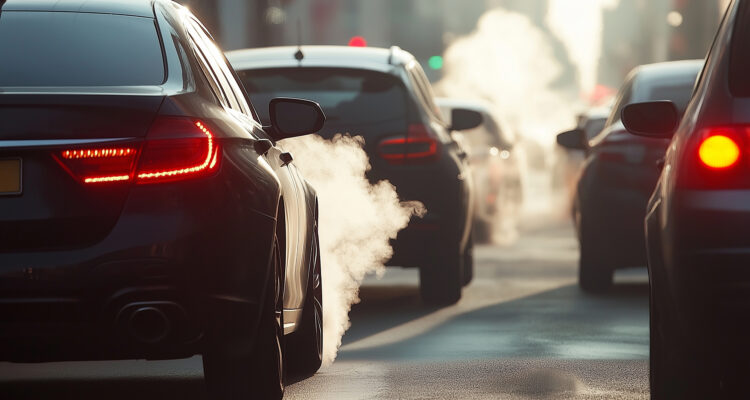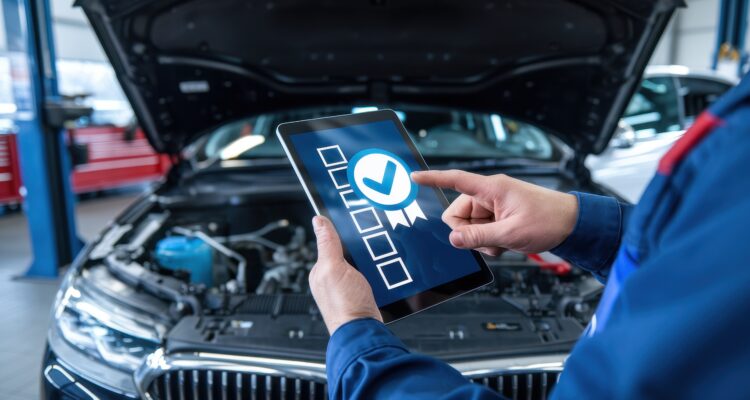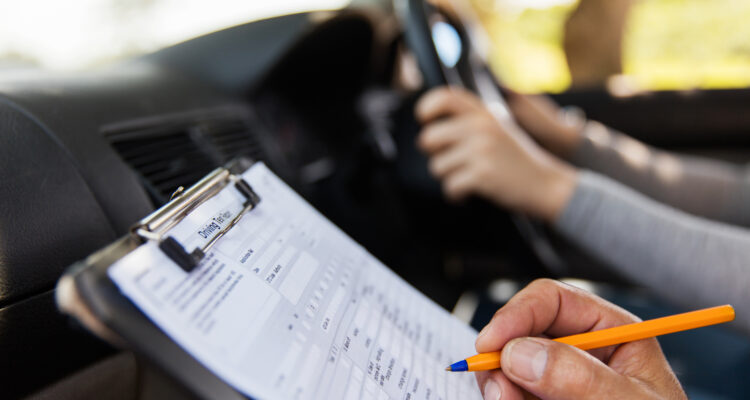Tailgating, or following another vehicle too closely, is a common cause of road accidents and causes a shocking one in eight accidents on UK roads [1].
To avoid accidents, you should always maintain a safe distance from the car in front of you. Find out how in this blog: Avoid Tailgating: Our Guide to Staying Safe on the Road.
Understanding Tailgating
More than half of UK drivers admit to tailgating [2]. It seems to be more of a problem with younger drivers, with 63% of 18-24 year-olds admitting to tailgating, compared to just 19% of over 65-year-olds [3].
You might wonder, is tailgating illegal? The answer is yes. It’s considered a violation under the careless driving offence law, which can result in a £100 fine and three penalty points on your licence. In severe cases, tailgating may lead to a driving ban or even imprisonment if it causes a serious collision. [4]
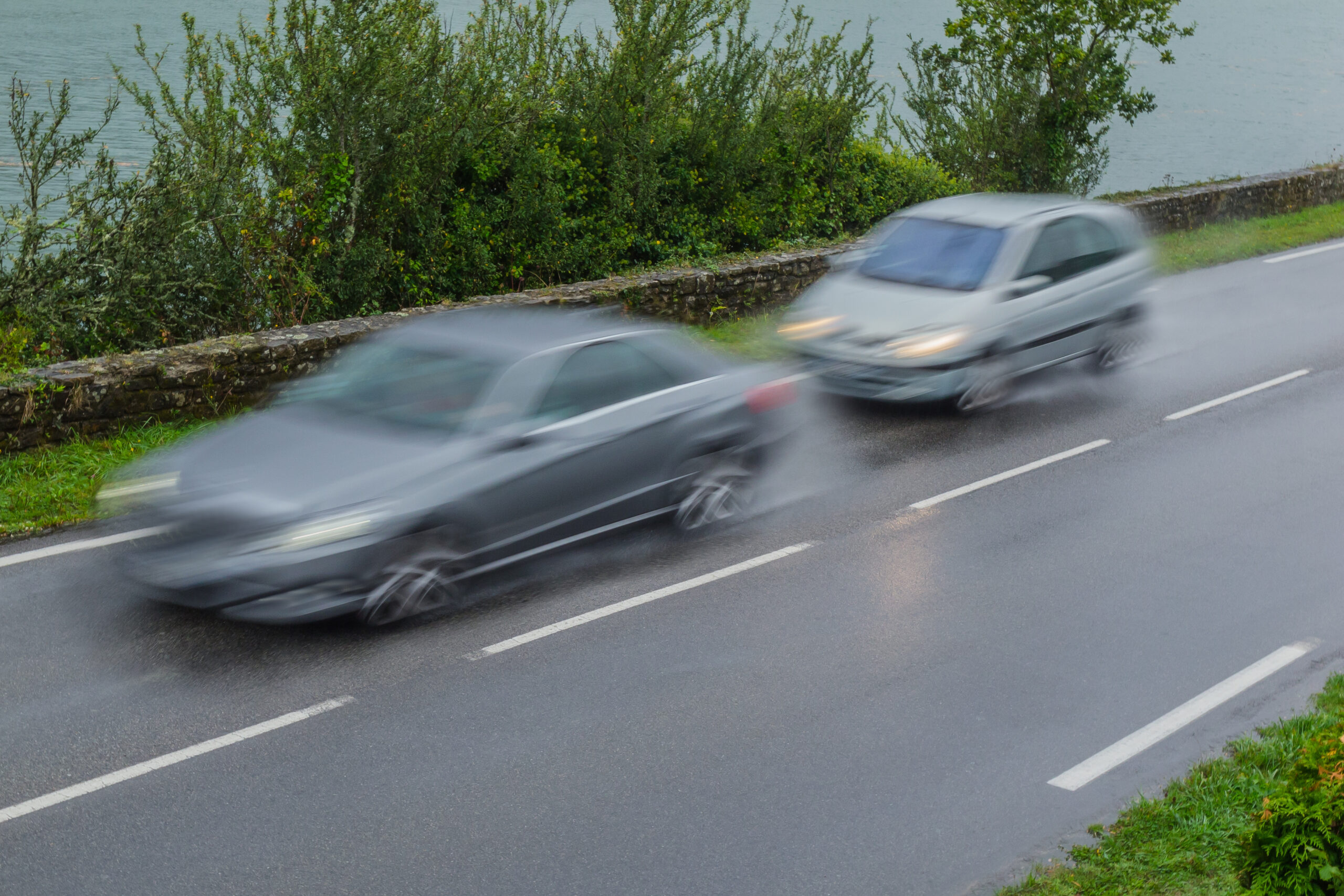
Why Should You Maintain A Safe Distance?
- To Maintain Your Reaction Time: Maintaining a safe distance between you and the vehicle in front allows you more time to react to sudden stops or changes in traffic. Tailgating greatly reduces the reaction time you have to brake before a crash. This is why following someone too closely is extremely dangerous and can lead to rear-end accidents and ‘pile ups’.
- To Increase Your Visibility: Keeping a safe distance improves your visibility of the road ahead, helping you anticipate potential hazards. The more you can see, the better you can react.
- To Reduce Your Stress: Maintaining a safe distance reduces the stress you’ll feel when driving. Having time and distance to make safe decisions means you are more in control.
Tips to Avoid Tailgating
- Follow the Three-Second Rule: Keep at least a three-second gap between your vehicle and the one in front. This can be measured by picking a fixed point on the road and counting the seconds it takes for you to reach it after the car ahead passes it.
- Adjust for Your Conditions: If it’s raining, foggy, dark or icy, you should increase the distance between you and the vehicle in front. You should also be wary if your route has heavy traffic. These situations require more reaction time and are higher risk for ‘pile ups’. For more tips on driving safely in different weather conditions, check out our guide here.
- Use Your Cruise Control: On motorways, using cruise control if you have it, can help you maintain a consistent speed and a safe distance from other vehicles.
- Stay Alert: Always be aware of your surroundings and anticipate the actions of other drivers. Keep an eye on peoples break lights ahead of you, and if you have to break suddenly, quickly put on your hazard lights to warn other drivers of a sudden change of speed. Avoid distractions that can reduce your reaction time, like the radio or your phone.
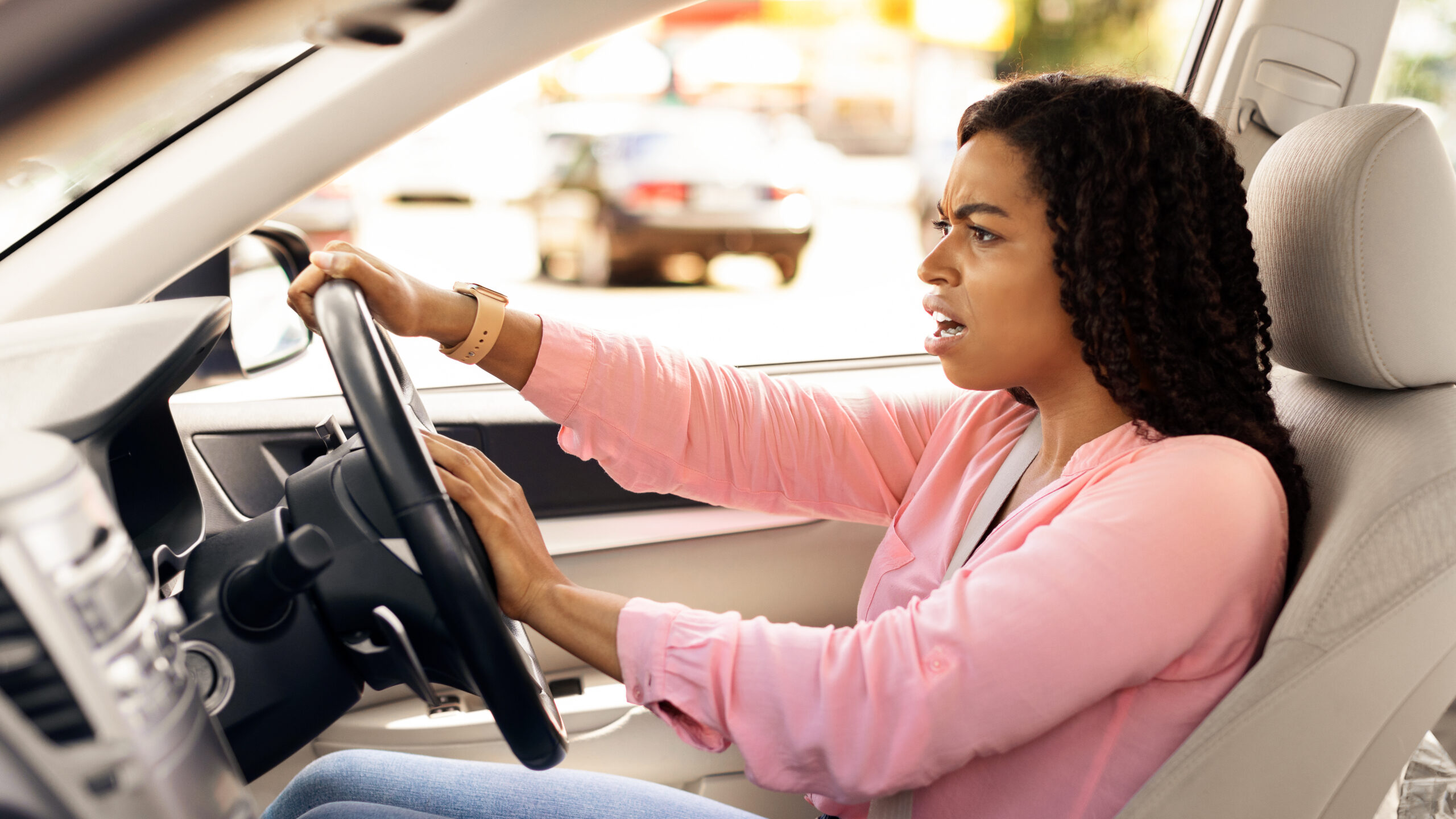
What to Do if You’re Being Tailgated
- Stay Calm: If another driver is tailgating you, stay calm and avoid retaliating. Our blog on How to deal with Road Rage, gives some more advice on how to deal with aggressive drivers. The further you are away from an aggressive or dangerous driver, the better.
- Do Not Speed Up: Just because they are in a rush and/or breaking the speed limit, doesn’t mean you have to. Stick to the speed limit and keep the appropriate distance from the vehicle in front of you at all times.
- Change Lanes Safely: If and when possible, move to another lane to let the tailgater pass. Safely change lanes to a slower lane and allow them to pass you when possible.
- Avoid Sudden Braking: Gradually slow down, if necessary, but avoid abrupt stops that could lead to a collision. Put on your hazards if you do have to make an abrupt stop to warn anyone behind you.
Tailgating is a dangerous way to drive and can lead to serious accidents. By maintaining a safe distance and following these tips, you can significantly reduce the risk of collisions and ensure a safer driving experience for everyone on the road.
Liked this blog? Why not read up on the Top 5 Most Common Car Insurance Claims?
Need car insurance?
Get a car insurance quote from Vavista today!
